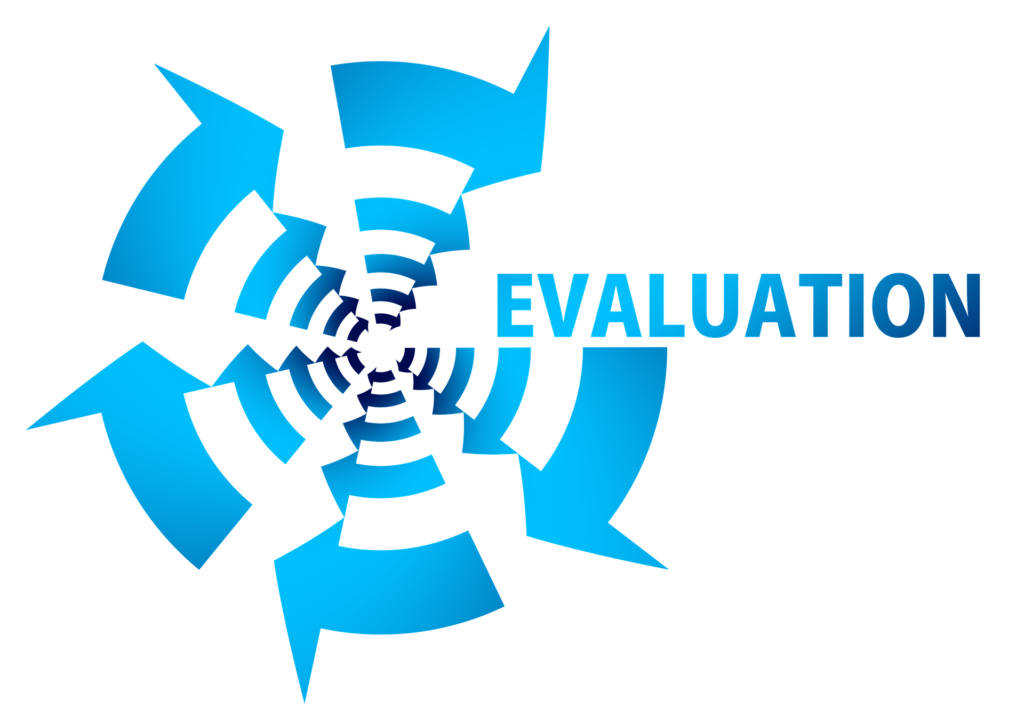Introduction to the country's economy
The Republic of Djibouti is located in the Horn of Africa at the level of the Bab el Mandeb Strait connecting the southern entrance of the Red Sea to the Gulf of Aden and the Indian Ocean. Former French colony since 1862, the territory has known various names: French Somali Coast (CFS) from 1862 to 1967, then French Territory of the Afars and Issas (TFAI) until the eve of independence, June 27, 1977 .
The country covers an area of 23,200 km2 and shares its borders with Ethiopia, Eritrea and Somalia. It has 372 km of coastline, as well as a maritime area of around 7,200 km2.
Placed on the African rift, the territory presents a contrasting relief. The climate is arid desert type marked by low rainfall and generally high temperatures. The plant cover is low due to the harsh climate.
According to the last general population and housing census, the Republic of Djibouti has 818,159 inhabitants (DISED, 2009) spread over an area of 23,200 km².
Taking advantage of the country’s geostrategic position, the Djiboutian economy is an economy largely dominated by service (80% of GDP). The primary and secondary sectors, which contribute 5% and 15% respectively, benefit from numerous reform policies and investment programs which aim to enhance their contribution to wealth creation.
The economy also benefits from a dynamic financial center and a strong national currency (Djibouti Francs) with free convertibility to the US Dollar.
In 2018, the growth rate was 5.6% and the inflation rate controlled at 0.2%.
Planning & Programming

Planning is pragmatic and aims mainly to determine the main strategic directions, sectoral policies, these being defined in conjunction with the technical ministries in which planning will be strengthened (human resources, rural, industrial and energy development, NTIC electronic information).
Carrying out long-term studies, studies of long-term economic development alternatives and the resulting strategic choices at the macroeconomic and sectoral levels. These studies will also identify new paths for sustainable economic growth.
This Strategic Planning will guide a programming of State actions covering both public operating and public investment expenditure and all the instruments of guidance and incentive from the state. Coordination and better integration of the multiannual programming of external aid, in particular from Technical and Financial Partners-PTF. This programming will ensure the transparency and consistency of the management of public resources while also realizing the allocation of these financial and human resources in support of the macroeconomic and sectoral policies selected for the achievement of long-term objectives.
It consists of translating the medium-term plan into development actions through the multiannual programming of state actions (PIP, economic policy measures).
Particular attention will be paid to a judicious evaluation of development projects to enhance the efficiency of resource and investment allocation. Coordination and harmonization must be ensured with the assessment of private investments eligible for financial incentives and priority state approvals.
Budgeting: it consists of the allocation of resources, internal and external, to public investments.
Macroeconomic Analysis & Forecasting
Open to an increasingly dynamic world economy, the Department of Economy and Planning is committed to carrying out macroeconomic analyzes. It is a matter of developing a macroeconomic and financial framework which clarifies the constraints and prospects, assesses the impacts of policies and achieves policy coherence, the mobilization and allocation of resources.
This global macroeconomic framework, consistent with the Economic Budgets, will constitute with them a framework for the coordination of economic policy, a strategic framework for poverty reduction and an instrument for adjustment and long-term path chosen. This planning will also provide an appropriate framework for interventions by the private sector and development partners. Mechanisms for monitoring and evaluating policies will be determined.

More than ever, good governance is essential at all levels to accelerate development. Therefore, proper implementation of development policies and actions will ensure the achievement of objectives and progress.
Planning will develop monitoring, inspection and control, and audit mechanisms to assess the quality and performance of state interventions, propose appropriate corrective measures and promote the improvement of capacities and management systems.
The effectiveness of the process requires the implementation of a monitoring / evaluation system based on a system of measurable and verifiable indicators which guarantee the effectiveness of development.
Insurance Market Regulation
Insurance is an operation by which a person (the insurer) undertakes to provide a service, within the framework of an insurance contract, for the benefit of another individual (the insured) during the occurrence of a risk and subject to the payment of a contribution or a premium. Risk is the object of insurance. An insured person takes out insurance to protect himself against harmful events (illness, fire, theft, death, etc.) or against the risks linked to certain objects he owns (automobile, home, etc.).
The national market is made up of two insurance companies under national law and an economic interest grouping GIE called Pool assurances.
The products sold are: automobile liability insurance, accident and sickness insurance, general liability, fire, transport, various risks.
The insurance activity in Djibouti is governed by the texts of laws and decrees of which the Insurance and Financial Sector Monitoring Department strictly monitors the strict application of these texts.

